Everything about Ants
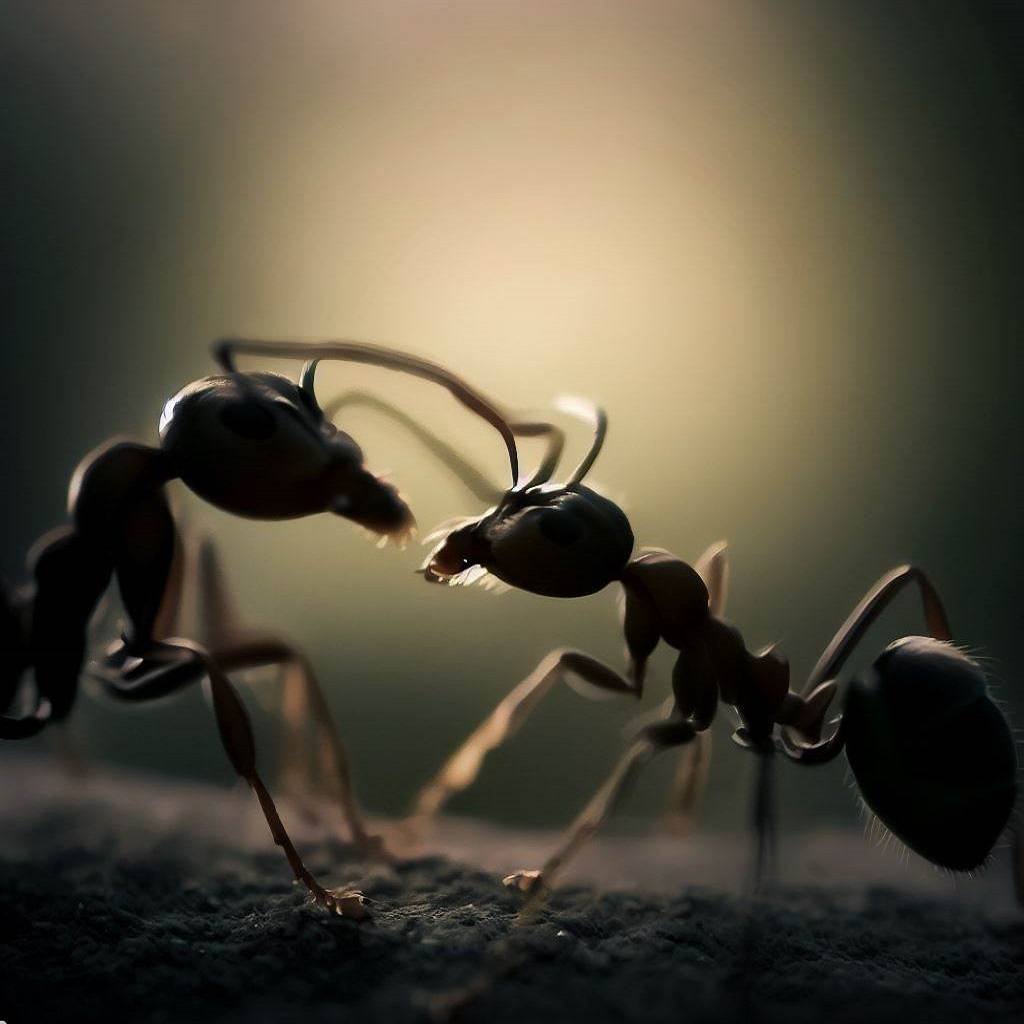
| Everything About ANTS | |
|---|---|
| Feature | Description |
| Types | Black ants, carpenter ants, fire ants, red ants, etc. |
| Size | Range from 1 mm to 13 mm depending on the species. |
| Common Habitats | Nests in the ground, wood, under rocks, or in plants. |
| Diet | Mostly sugary substances, but some species also eat insects. |
| Behavior | Social insects that work together, with each ant having a specific role in the colony. |
How Do I Get Rid Of ants?
Combating ant infestations requires understanding their behavior and addressing their nest sources. Ant Control methods, like bait stations and perimeter treatments, can effectively target colonies. Maintaining cleanliness and sealing food sources are proactive preventive steps. For significant ant problems, hiring professionals offering Ant Control & Treatment services guarantees thorough eradication.
Dissecting Ants Anatomy
Head
Mesosoma (Thorax)
Abdomen (Gaster)
Internal Systems
Reproductive System
Colony Caste System
Head
- Antennae: Ants possess segmented antennae that serve as vital sensory organs. The antennae are elbowed, with a bend that separates them into a basal and a terminal segment.
- Compound Eyes: These are typically large in ants, especially in reproductive members (queens and males). Worker ants in some species may have reduced eyes or may be blind, especially if they live in subterranean environments.
- Ocelli: These are simple eyes, and they are more prominent in the reproductive ants. They aid in navigation, especially during nuptial flights.
- Mandibles: These are jaw-like structures that vary in shape depending on the species and the ant’s role in the colony. They are used for carrying food, manipulating objects, digging, or defense.
- Mouthparts: Apart from mandibles, ants have other mouthparts like the labium and maxillae to manipulate food.
Mesosoma (Thorax)
- Legs: Ants have three pairs of legs, each ending in a hooked claw. The legs are attached to the thorax.
- Wings: Only reproductive ants (alates) possess wings, and they have two pairs. After mating, females shed their wings to start a new colony.
- Metapleural Gland: Unique to ants, this gland secretes an antibiotic fluid that helps keep the ant and its environment free from harmful microbes.
Abdomen (Gaster)
- Pedicel: This is a narrow waist segment (or segments) that connects the thorax and the larger part of the abdomen. In ants, it’s either one or two segments, and its structure can help in identifying different ant species.
- Sting: Many ant species possess a sting at the end of their abdomen which can inject venom.
- Pheromone Glands: Located throughout the body but especially in the gaster, these glands produce chemical signals vital for communication within the colony.
Internal Systems
- Digestive System: Ants have a crop (social stomach) where they store food to share with other ants. They also have a true stomach for their nourishment.
- Circulatory System: Ants have an open circulatory system with a dorsal aorta that pumps hemolymph (their version of blood) through the body.
- Respiratory System: Ants don’t have lungs. Instead, they respire through a series of tiny tubes (tracheae) that transport oxygen directly to the tissues.
- Nervous System: They have a brain, ganglia, and a nerve cord.
Reproductive System
- Queens: They are the primary reproductive individuals in a colony. After mating, a queen will lay thousands of eggs throughout her life.
- Males: Their primary function is to mate with queens. They typically have a short lifespan, often dying soon after mating.
Colony Caste System
- Workers: These are sterile females responsible for various tasks, including foraging, tending to the young, and defending the colony.
- Soldiers: In some species, larger worker ants have evolved as specialized defenders of the colony.
- Reproductives: These include winged males and females that participate in nuptial flights to mate and start new colonies.
What are the most common types of ants in Canada?
Canada is home to various species of ants due to its diverse ecosystems. Here are some of the common ants found in Canada and their unique characteristics:
- Carpenter Ants (Camponotus SPP.)
- Pavement Ants (Tetramorium caespitum)
- Thatching Ants (Formica SPP.)
- Odorous House Ants (Tapinoma sessile)
- Pharaoh Ants (Monomorium pharaonis)
- Fire ants (Solenopsis SPP.)
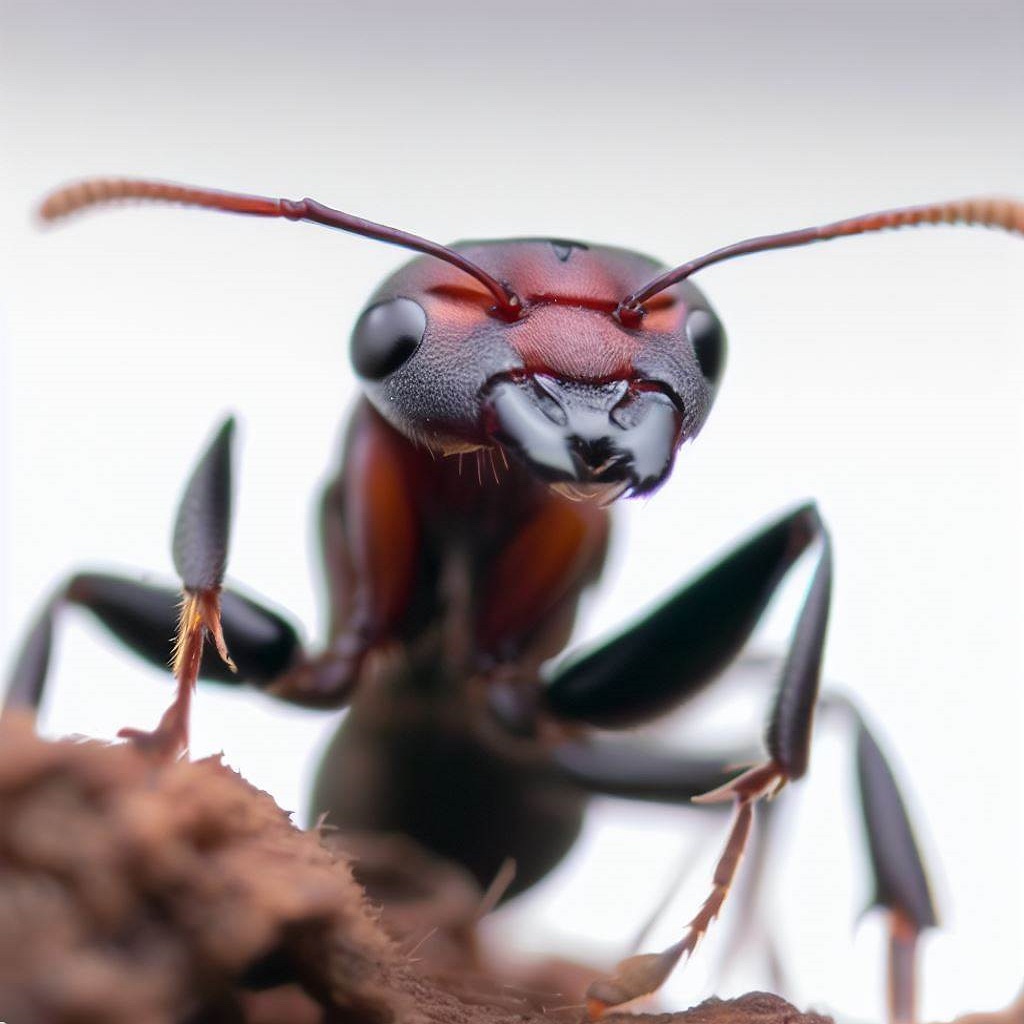
Carpenter Ants
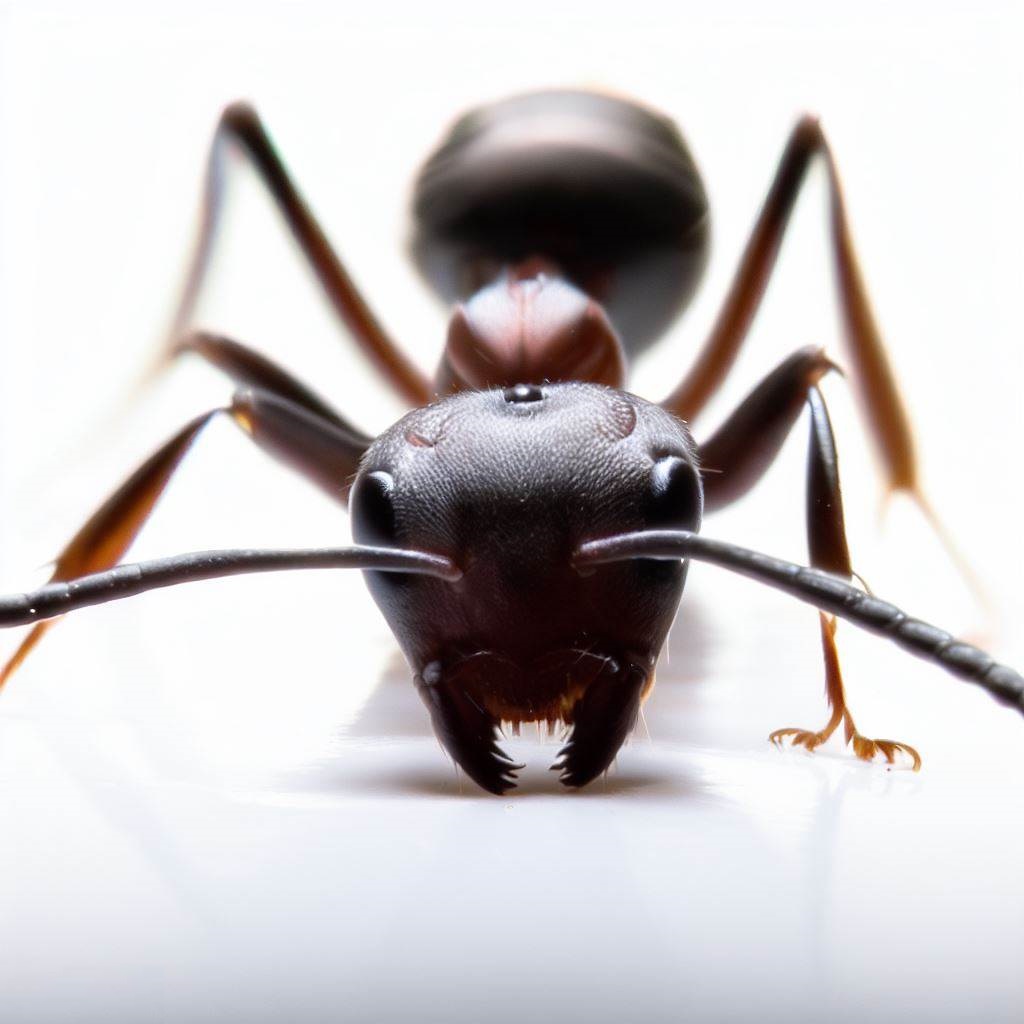
Pavement Ants
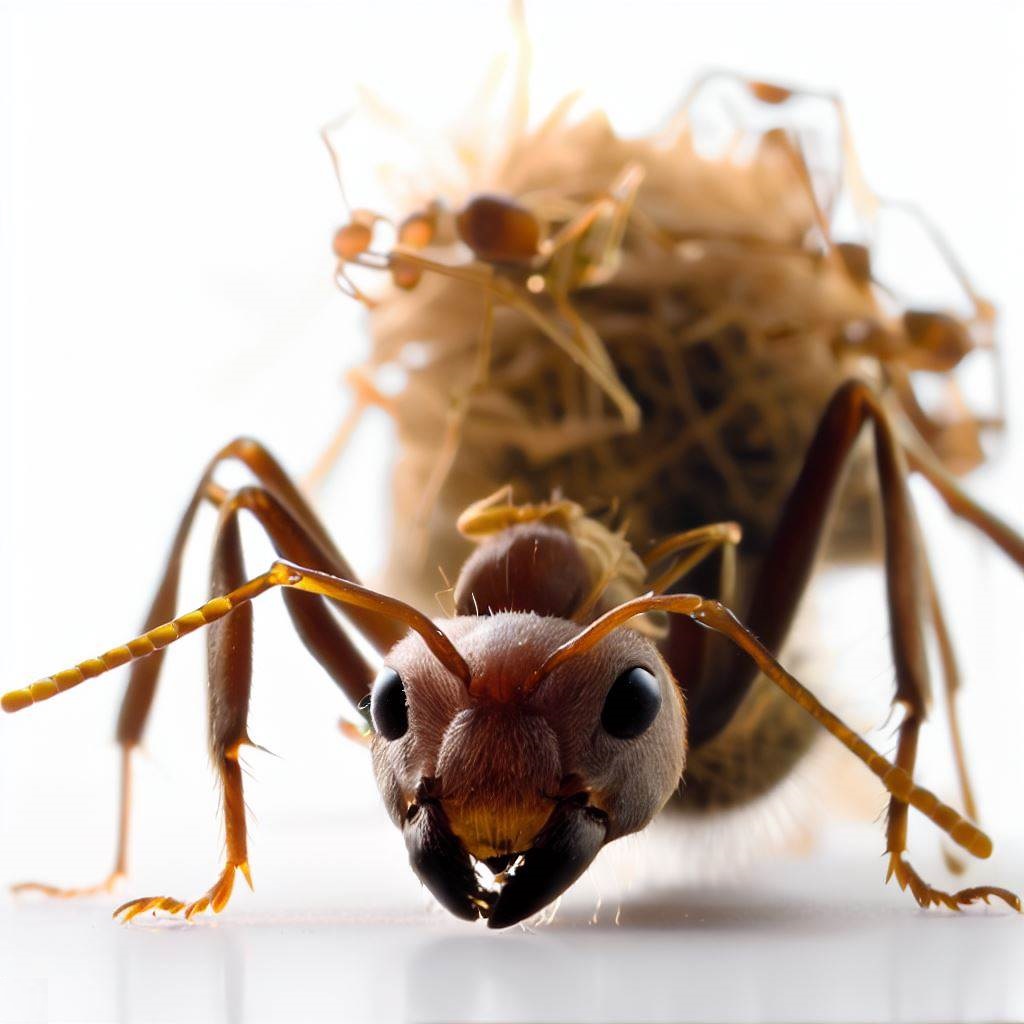
Thatching Ants
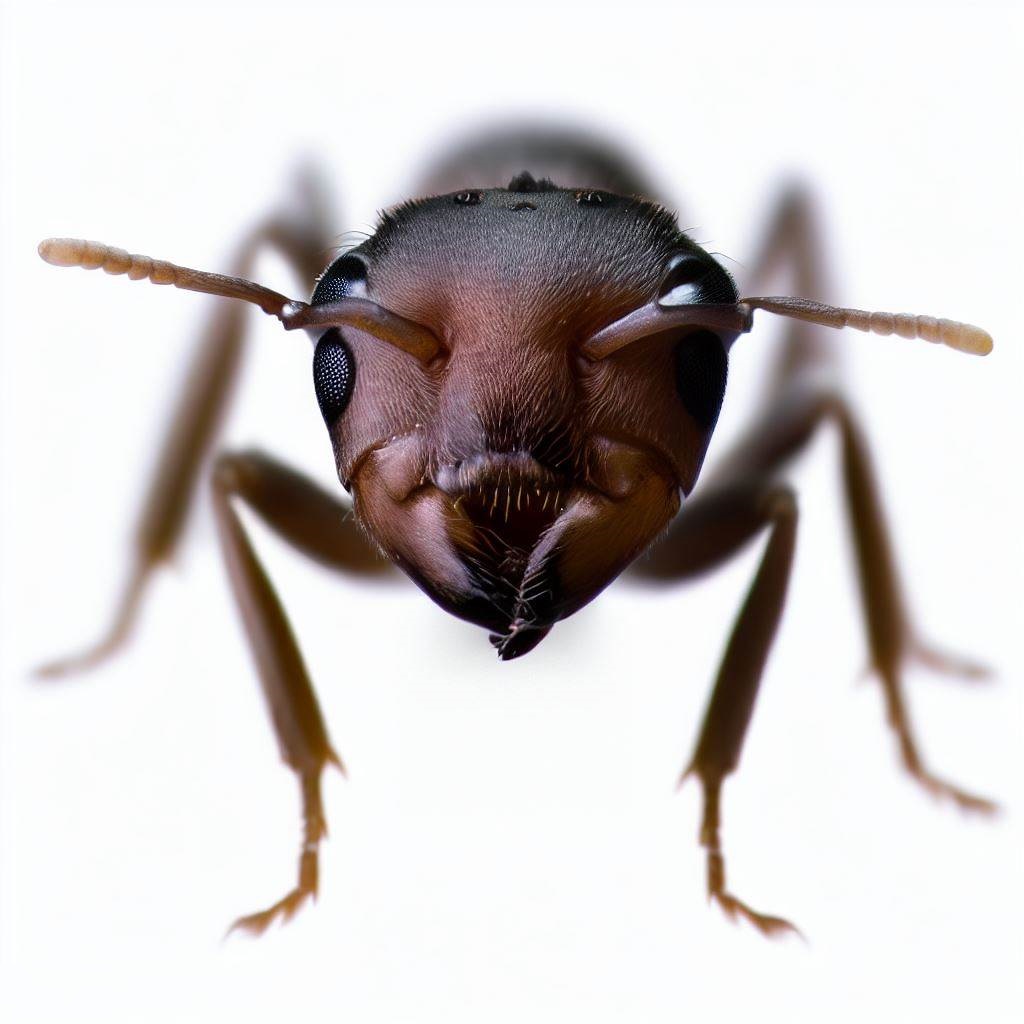
Odorous House Ants
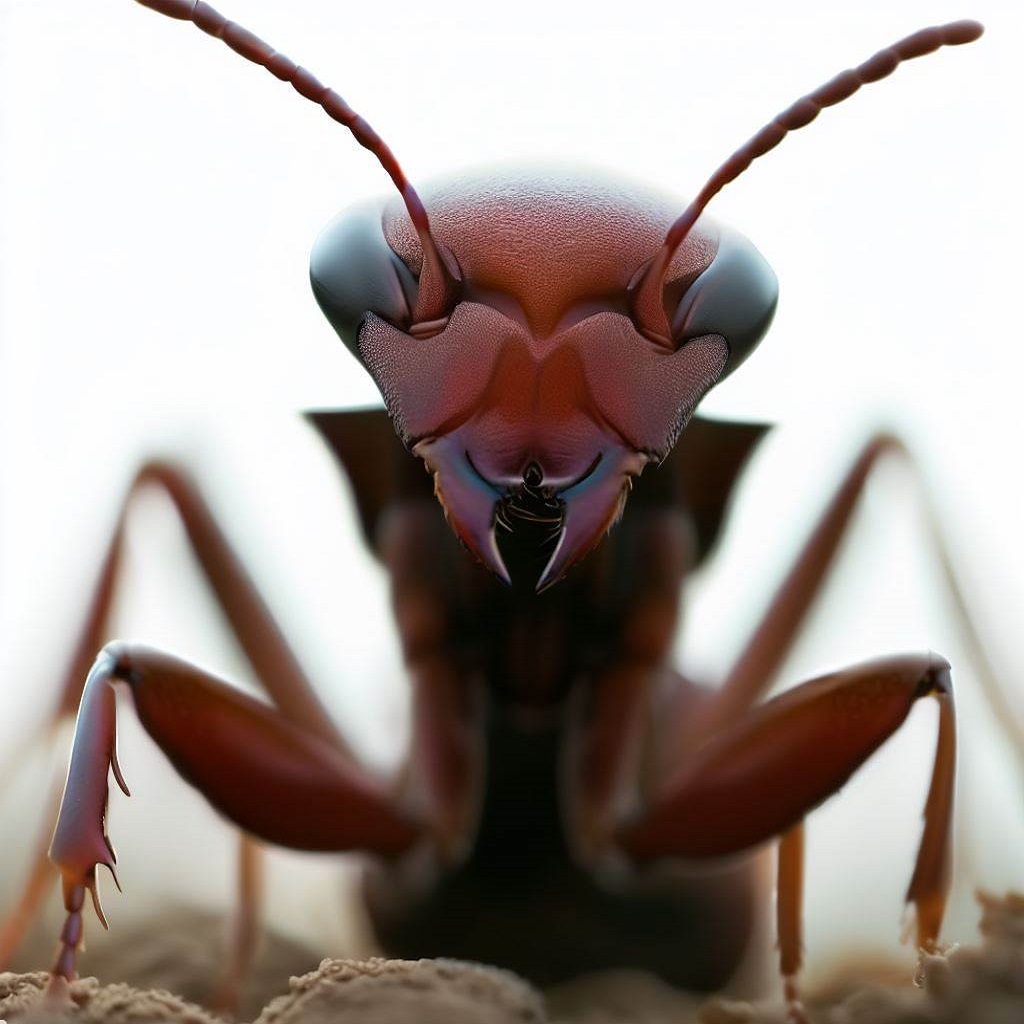
Pharaoh Ants
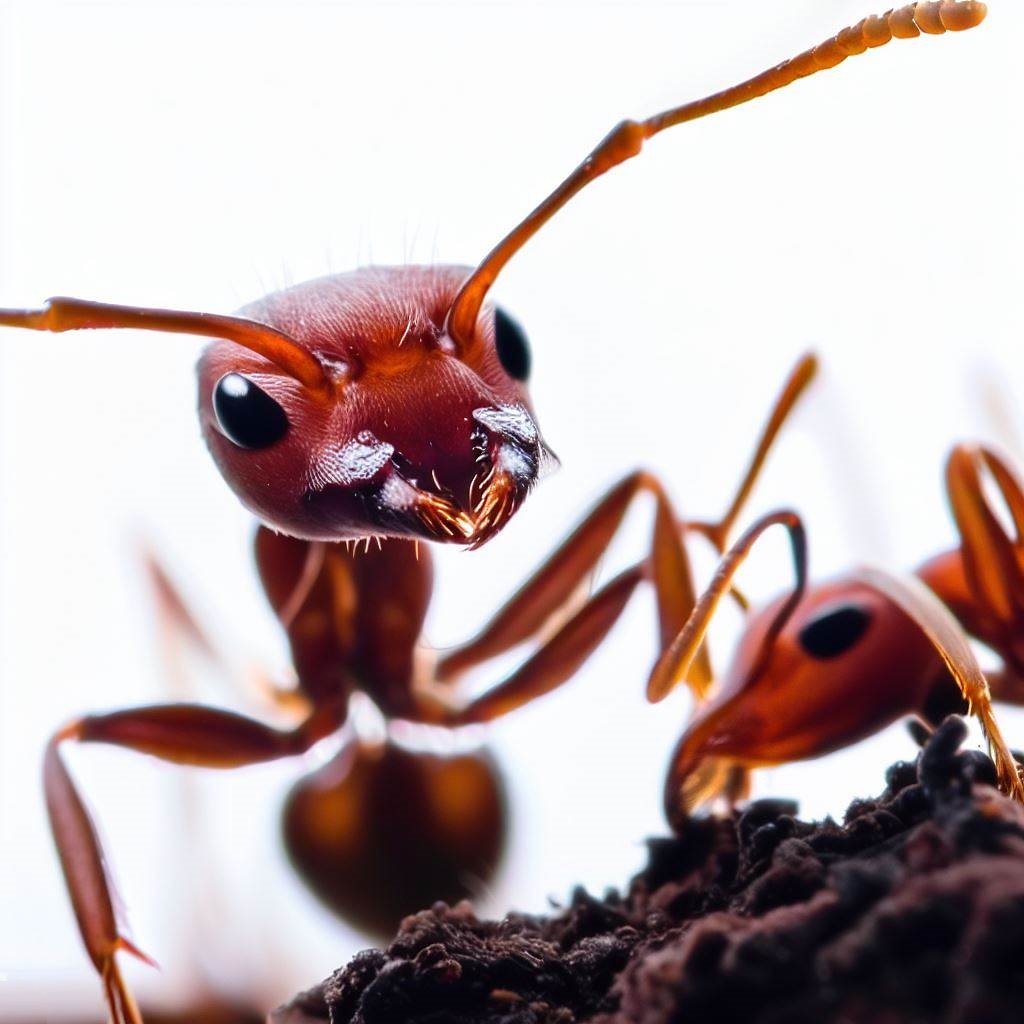
Fire ants
Call us for a Free Ant Inspection
What are the characteristics of carpenter ants?
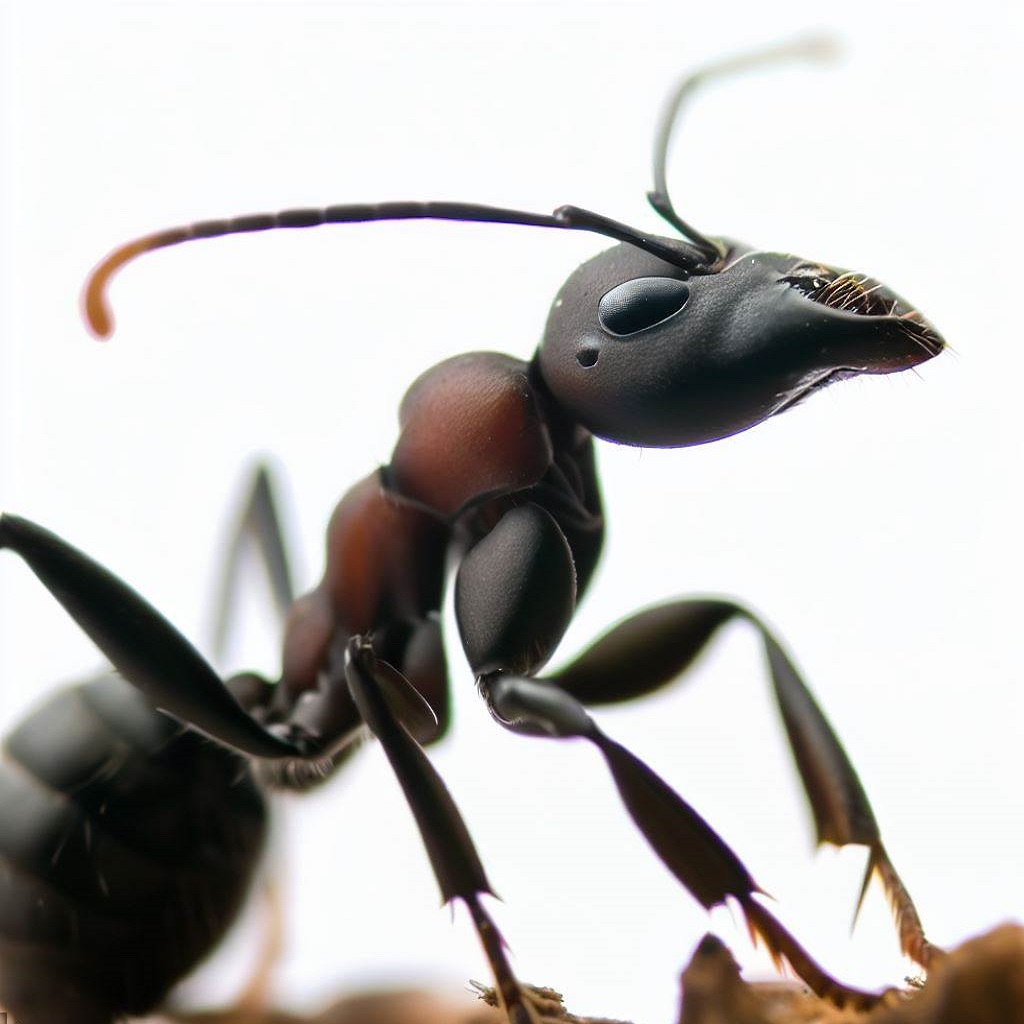
| Characteristics of Carpenter Ants | |
|---|---|
| Feature | Description |
| Size | 1/4 to 1/2 inch (6 to 12 mm) in length. |
| Color | Usually black, but some species can be reddish or brown. |
| Shape | Elbowed antennae and a rounded thorax; a pinch-like pedicel connecting the thorax to the abdomen. |
| Habitat | Prefer damp or damaged wood to build nests. Found in both indoors and outdoors. |
| Diet | Proteins and sugars; they are especially attracted to honeydew. |
What are the characteristics of Pavement Ants?
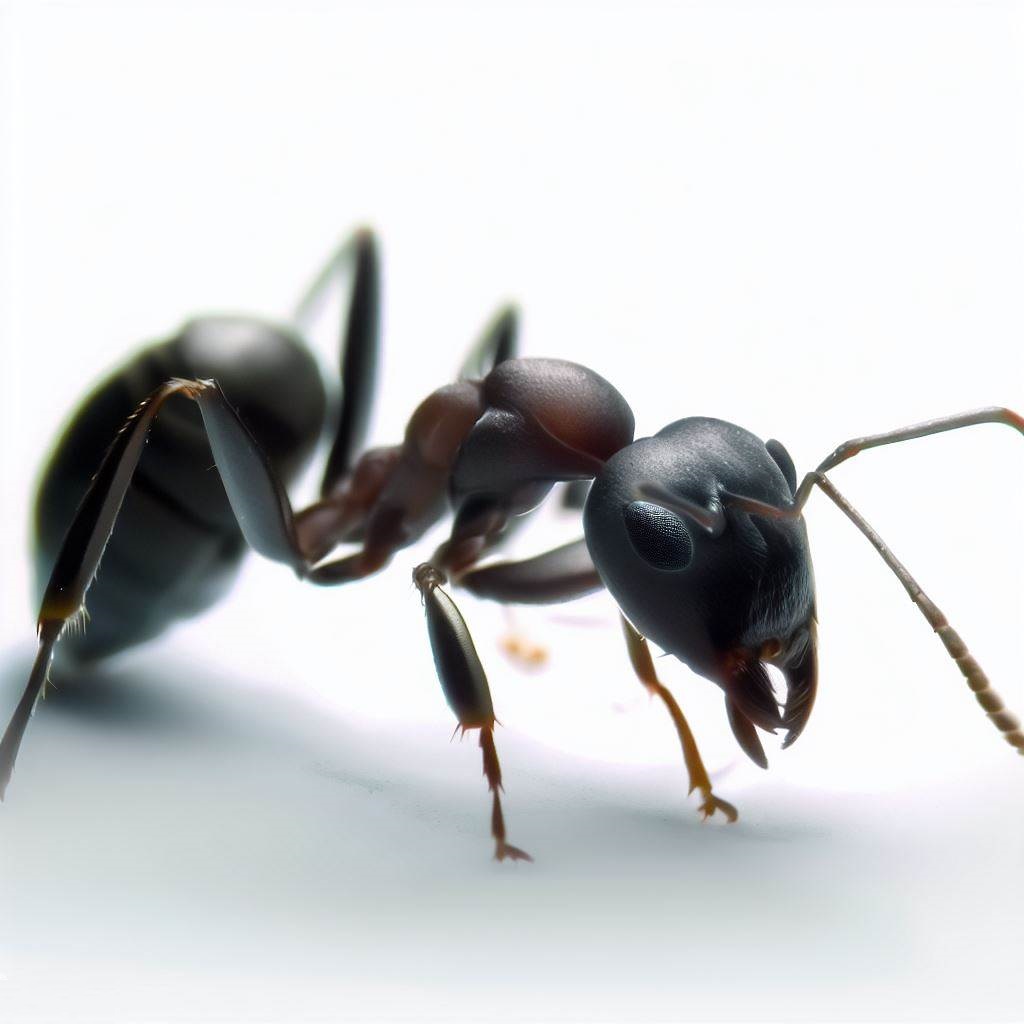
| Characteristics of Pavement Ants | |
|---|---|
| Feature | Description |
| Size | About 1/8 inch (3 mm) in length. |
| Color | Dark brown to black. |
| Shape | Segmented with a spiny thorax; possess parallel lines on the head and thorax. |
| Habitat | Commonly found under pavements, hence the name. Also found in walls and under floors in structures. |
| Diet | Grease, seeds, honeydew, and other insects. |
What are the characteristics of Thatching Ants?
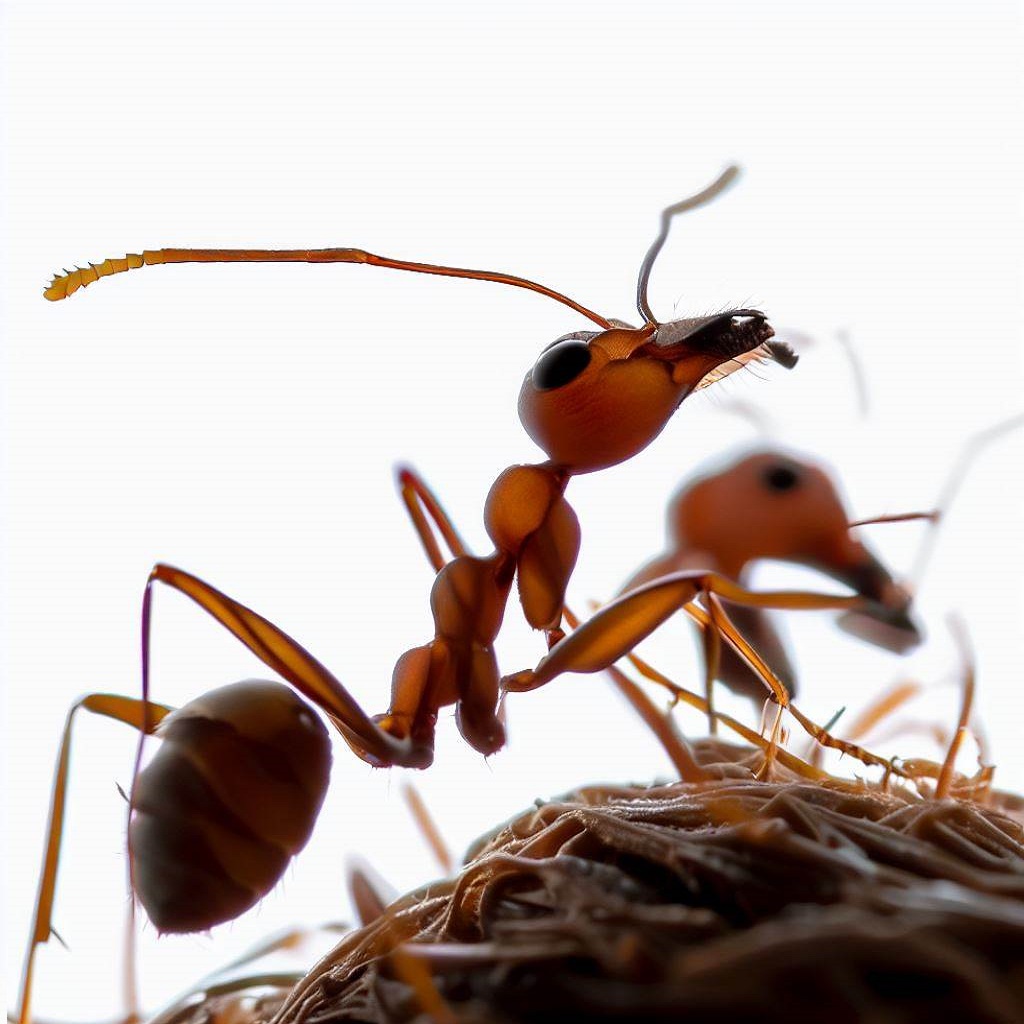
| Characteristics of Thatching Ants | |
|---|---|
| Feature | Description |
| Size | Varies, most are around 1/4 to 1/2 inch (6 to 12 mm). |
| Color | Range from red to black or a combination of both colors. |
| Shape | Segmented with a spiny thorax and prominent mandibles. |
| Habitat | They build mounds made of plant material, hence the name. Typically found in open sunny areas. |
| Diet | Primarily aphid honeydew, but they also eat insects and seeds. |
What are the characteristics of Odorous House Ants?
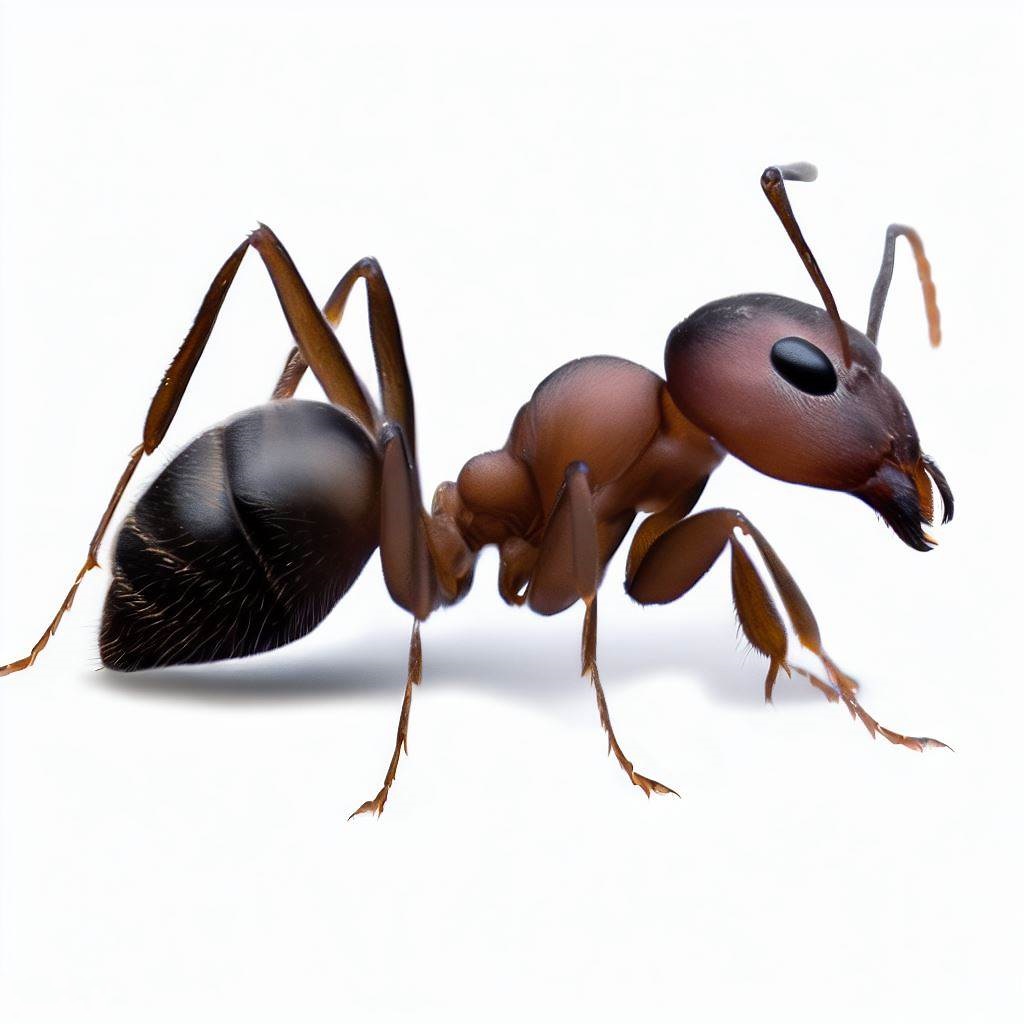
| Characteristics of Odorous House Ants | |
|---|---|
| Feature | Description |
| Size | About 1/16 to 1/8 inch (1.5 to 3 mm) in length. |
| Color | Brown or black. |
| Shape | Segmented with a smooth, rounded thorax. |
| Habitat | Prefer moist environments and are often found in kitchens and bathrooms. |
| Diet | Sugary foods and proteins. Especially attracted to honeydew. |
What are the characteristics of Pharaoh Ants?
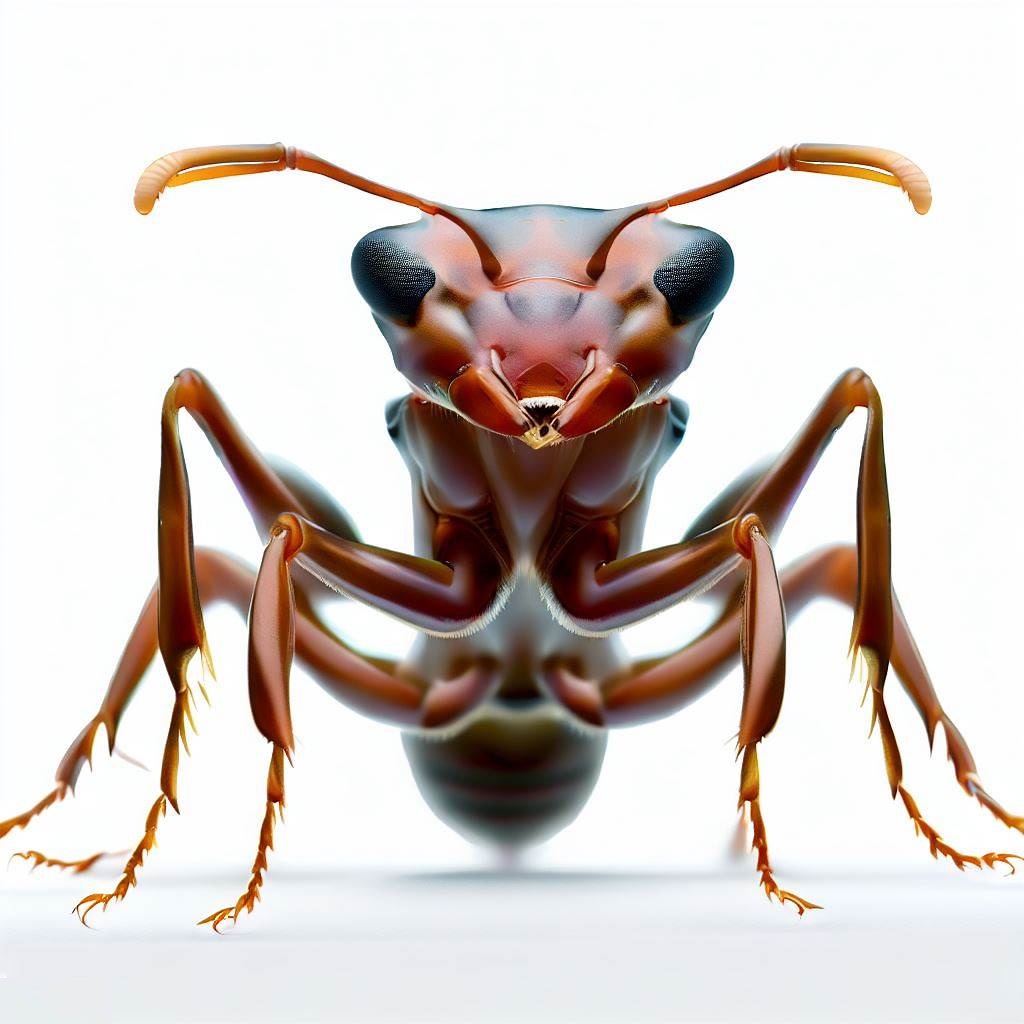
| Characteristics of Pharaoh Ants | |
|---|---|
| Feature | Description |
| Size | About 1/16 inch (2 mm) in length. |
| Color | Transparent yellowish to light brown. |
| Shape | Small and segmented with a distinct head, thorax, and abdomen. |
| Habitat | They are adaptable but prefer warm and humid environments. Commonly found in commercial buildings, hospitals, and homes, particularly in kitchens and bathrooms. |
| Diet | Omnivorous; feeds on proteins, sweets, fats, and other insects. Often a pest in hospitals because they seek out medical supplies and food. |
| Behavior | Known for creating supercolonies. If disturbed, they can fracture their colony and establish multiple new nests, making them challenging to control. |
What are the characteristics of fire ants?
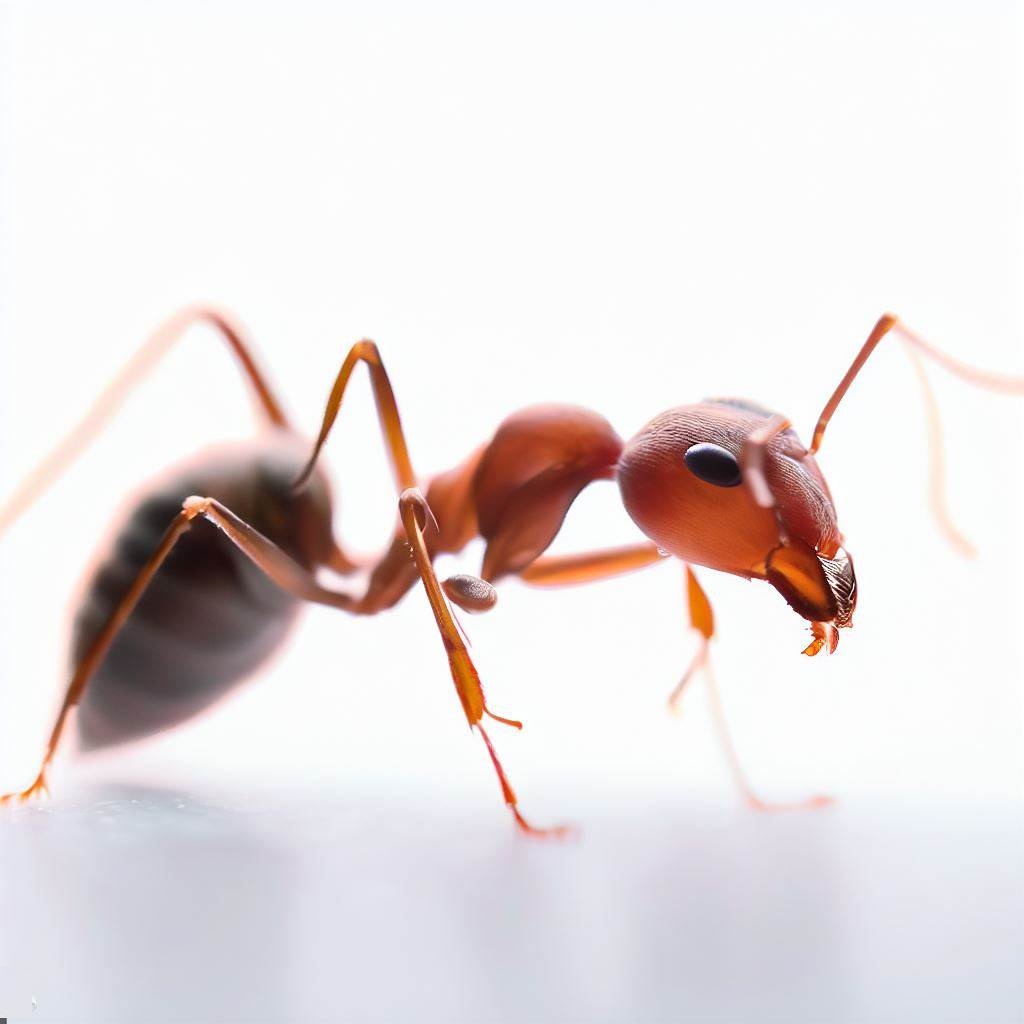
| Characteristics of Fire Ants | |
|---|---|
| Feature | Description |
| Size | Varies, usually between 1/16 to 1/4 inch (2-6 mm) in length. |
| Color | Reddish-brown to black. |
| Shape | Segmented with a distinct head, thorax, and abdomen; have a stinger on the abdomen. |
| Habitat | Prefer sunny, open areas. Often found in lawns, parks, pastures, and fields. Their mounds can be seen in open areas, free from vegetation. |
| Diet | Omnivorous; feeds on plants, seeds, young plants, insects, and small animals. They can also consume sweets and fats found in human food. |
| Behavior | Aggressive and known for their painful sting. When their mounds are disturbed, they emerge en masse and attack intruders. Their sting can cause allergic reactions in sensitive individuals. |
Call us for a Free Ant Inspection
Top Tips To Prevent Ants Infestations: Essential Guide
- Maintain Cleanliness: Ants are primarily attracted to food residues.
Wipe down counters, tables, and floors regularly to remove crumbs and sticky spots.
Store food, especially sweets, in airtight containers.
Clean up spills immediately, especially sugary ones.
- Seal Entry Points: Ants can enter through tiny openings in the home.
Regularly inspect and repair cracks and crevices in walls, windows, and foundations.
Use caulk to seal gaps around windows, doors, and where utility lines enter the home.
- Manage Outdoor Attractions:
Keep tree branches and other plants cut back from the house, as they can be pathways for ants.
Ensure that trash bins are tightly sealed and kept away from the home. Regularly clean bins to remove food residues.
- Eliminate Moisture Sources: Some ants, like carpenter ants, are attracted to moisture.
Fix leaky pipes and regularly check under sinks for areas of moisture.
Ensure that downspouts and gutters are free of debris and drain away from the foundation.
- Natural Deterrents:
Ants dislike the scent of peppermint, lemon, and eucalyptus. Consider using essential oils to create natural repellents.
Diatomaceous earth, a natural insect killer, can be sprinkled in areas where ants are commonly seen.
Frequently Asked Questions about Ants:
Ants usually come inside homes in search of food, water, and shelter. Sweet or greasy foods can be particularly attractive to them. Weather conditions, like excessive rain, can also drive ants indoors to seek higher ground.
Several natural remedies can deter ants. Some common methods include sprinkling diatomaceous earth, lemon juice, or peppermint oil around entry points. Keeping your kitchen clean, especially free from sugary spills and crumbs, can also prevent an ant invasion.
No, not all ants are harmful. While species like carpenter ants can damage wood structures in your home, many ants, like pavement ants or odorous house ants, are more of a nuisance than a threat. However, it’s essential to identify the ant species correctly to ensure they aren’t causing structural harm or posing any health risks.
